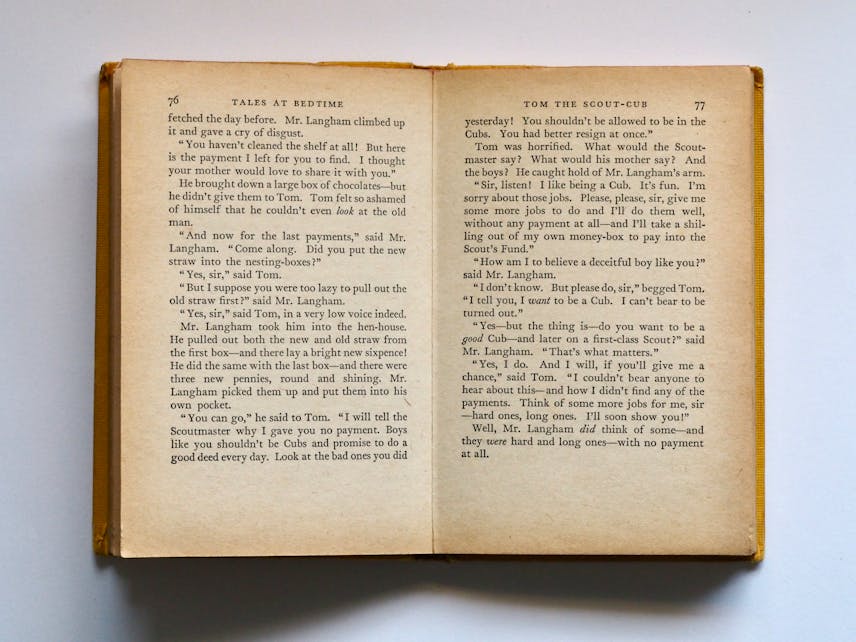When it comes to creating the perfect chill-out vibe, drums for lofi music play an integral role in shaping the genre’s laid-back sound. The subtle nuances of a lofi drum beat can transport listeners to a state of relaxation, making it a key element in the production of lofi tracks.
Understanding Lofi Drum Patterns
Lofi music is known for its characteristic ‘low fidelity’ sound, which often includes an intentional addition of background noises and a distinct, muffled quality to the beats. The drums for lofi, therefore, are less about high-definition clarity and more about creating a warm, inviting rhythm that feels like an old vinyl playing in the background.
Typical lofi drum patterns are simple and repetitive, allowing for a hypnotic effect that keeps listeners engaged without overwhelming them. Producers often use vintage drum machines or sample old tracks to achieve the authentic lofi sound. The SP-404 sampler, for instance, is a popular choice among lofi producers for its ability to create crunchy, dusty drum sounds.
The Texture of Lofi Drums
Texture is crucial in lofi music, and this is especially true for drums. The snares and kicks are usually softened, with a lower pitch than what you would find in mainstream music. This is often achieved through the use of low-pass filters, which remove the high frequencies and leave behind a warm, punchy sound that doesn’t pierce through the mix but rather blends smoothly with other elements.
Additionally, the hi-hats and cymbals in lofi music are often played at a lower volume, with slight variations in timing to give off a ‘human’ feel. This loose timing, known as ‘swing,’ adds to the laid-back atmosphere of the track.
Incorporating Live Drums in Lofi Music
While electronic drums are a staple in lofi music production, there’s a growing trend of incorporating live drums. This approach adds an organic touch to the music, providing a natural groove that can’t be replicated by machines. When recording live drums for lofi, producers often aim for a ‘roomy’ sound, with microphones placed strategically to capture the ambient noise of the space.
The snare drum is particularly important in lofi music. A satisfying ‘crack’ or ‘snap’ from the snare can act as the heartbeat of a lofi track. Producers frequently experiment with different snare drums, sticks, and tuning to find the perfect sound that complements the rest of the track.
The Role of Drum Loops and Samples
Drum loops and samples are the backbone of many lofi productions. These pre-recorded beats provide a quick starting point for producers and can be manipulated to create unique rhythms. Sampling is a time-honored tradition in lofi music, with producers often digging through old records to find the perfect drum break to chop and loop.
Another popular technique is to layer multiple drum samples to create a richer, more complex sound. This might involve combining a live kick drum with an electronic snare or layering different hi-hat samples to add texture.
Ultimately, the drums for lofi music are about setting the mood. Whether it’s through the use of electronic beats, live drumming, or a combination of both, the goal is to create a soothing rhythm that resonates with listeners. By paying close attention to the texture, timing, and tone of the drums, producers can craft a lofi sound that stands out.
As the popularity of lofi music continues to rise, the exploration of drums within the genre becomes even more significant. Producers and listeners alike appreciate the subtle artistry involved in creating the perfect lofi beat, which often starts with the drums.



